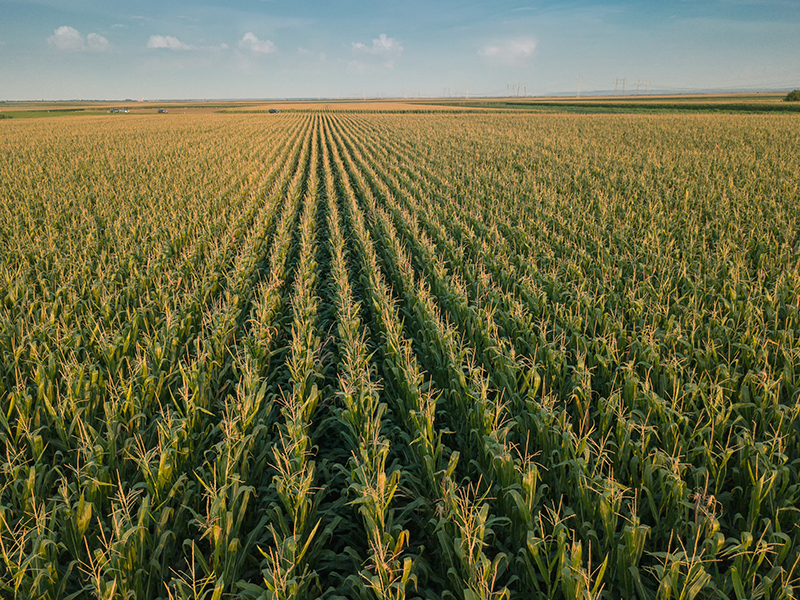Corn is the most cultivated cereal in the world, and at the same time a very demanding crop in nutritional terms and sensitive to physical and biological stress. This makes precise and constant monitoring of the plant’s health status and any threats essential.
Its cultivation is increasingly moving in the direction of agronomic management based on digitalisation to increase productivity and sustainability. Just think of monitoring with satellites and drones, the use of forecast models for defense, the possibility of producing variable rate maps for sowing and fertilizing.
European corn borer and Diabrotica: how to defend the crop with forecast models?
Corn fears attacks from insects, the juvenile forms of which feed on the vegetative part of the plant causing serious losses. The damage is both direct and indirect: in addition to that directly caused by the activity of the insect that feeds on plant tissues, it must be considered that open “wounds” become ideal entry points for fungal-bacterial infections.
The Agricolus DSS for corn, MaysDSS, provides the farmer with defense forecasting models for the development of European corn borer and Diabrotica in the field.

Ostrinia nubilalis – © entomart
European corn borer (Ostrinia nubilialis) is a polyphagous moth, capable of developing on different plants, but which is commonly found (and with great disappointment for those who find it) in corn inside the stalks.
The model estimates the generation and stage of development, therefore the trend of the individual stages over time and the number of annual generations of the insect, using the hourly temperature data.

European corn borer graph

Diabrotica virgifera
Diabrotica virgifera, on the other hand, is a foreign insect (of American origin) from the Chrysomelid family, a subgroup of beetles whose adult form is very similar to ladybugs. The larvae feed on the root system of the plant.
Also in this case the model estimates the distribution of the population in the various stages of development using the hourly temperature data.

Diatrobica graph
Alongside the models it is also possible to monitor and visualize the situation of traps and catches: this allows to better understand and keep track of the seasonal behavior of insects.
Knowing when and how to intervene is a fundamental strategy to guarantee the sustainability of production and conduct an efficient agronomic management.






